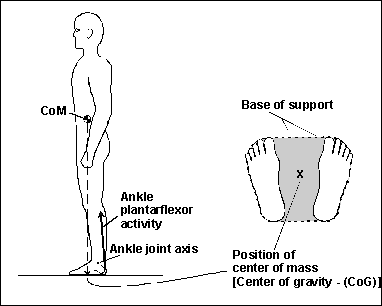Work:
We started this unit of by talking about a thing called work. Well what is work you ask? Good
question, thank you for asking. Work is a transfer of energy and is responsible for generating power. Work is the result of Force multiplied by distance.
work = F x d
The resulting work is measured in what are called Joules. An example of this would be:
If a man weighs 900 Newtons, and he goes up stairs that are 7 meters high, how much work was done?
This is easy, we just plug in our force (900N) x Our distance (7m) = 6300J of work.
There is on final catch however. the forces in work must be parallel or they will NOT generate work.
Power:
Now that we understand work we can talk about power. Power is determined by how quickly work is done. The formula for this is
Power = work/time
And power is measured in what are called watts. no Not all pro defensive end for the Texans JJ Watt
 Although he does generate a lot of power.
Although he does generate a lot of power. As an example, lets use our first question with work, and find how much power was generated.
SO we know that we had done 6300J of work, and lets say that it had taken the man 10 seconds to climb the stairs.
Lets set up the equation:
Power = 6300/10 = 630 watts
Congratulations you now can move from work all the way to power! but we are not done yet.
Kinetic Energy:
Energy is an objects ability to do work. And kinetic energy is an energy that requires movement and is found by the equation below.
KE= 0.5(m)(v)^2
So here is the funny thing about physics, its all connected. So that work that we learned about earlier, yeah its coming back again. Thats because another way to find work is by the change in kinetic energy.
what this looks like is Work = DeltaKE (delta = change in)
And how is it that we find the change in KE? By the formula below, that's how.
Delta KE = KE final - KE initial
So lets do an example shall we?
A 10 kg mouse is running at 5 meter per second. How much kinetic energy does the mouse have?
Well first lets set up our equation. KE= 0.5(m)(v)^2 and now lets fill it in with the information that we have. KE= 0.5 (10)(5)^2
That leave us with KE= 125J And KE is measured in Joules as well.
Potential Energy:
Potential energy is a tricky one. This is because it is not actually energy. Instead, potential energy is exactly what it sounds like, the potential that an object has to have energy.
That's kinda confusing, I understand. So lets break it down shall we?
Potential Energy = mass x gravity x height. So the potential energy of an object depends on three (but really just two) things. The objects mass and the objects height. Gravity is also important but because earths gravity is the same on everything it is not a variable to potential energy.
Further more, the mass of an object does not simply change, and so the thing that determines an objects PE is its height. As soon as the object leaves the ground it has a potential energy that increases as it gets higher from the ground.
And although height is an important factor in PE. It is important to understand that movement is not required for potential energy.
Machines:
Machines are fairly simple, especially the simple machines. "ba dum tisssssss" bad jokes aside, there really is not to much to a machine. At the end of the day, the machines job is to make the work you do easier. But here is the catch, a machine does not make work less, it only makes the force required in the work less.
We know that work = force x distance. And so to decrease the force we must increase the distance. We know that work in must equal work out, so we can not do any less work, but we can change how we do the work.
For example a ramp. A ramp increases the distance that an object covers meaning that it took less force to accomplish the same amount of work.




